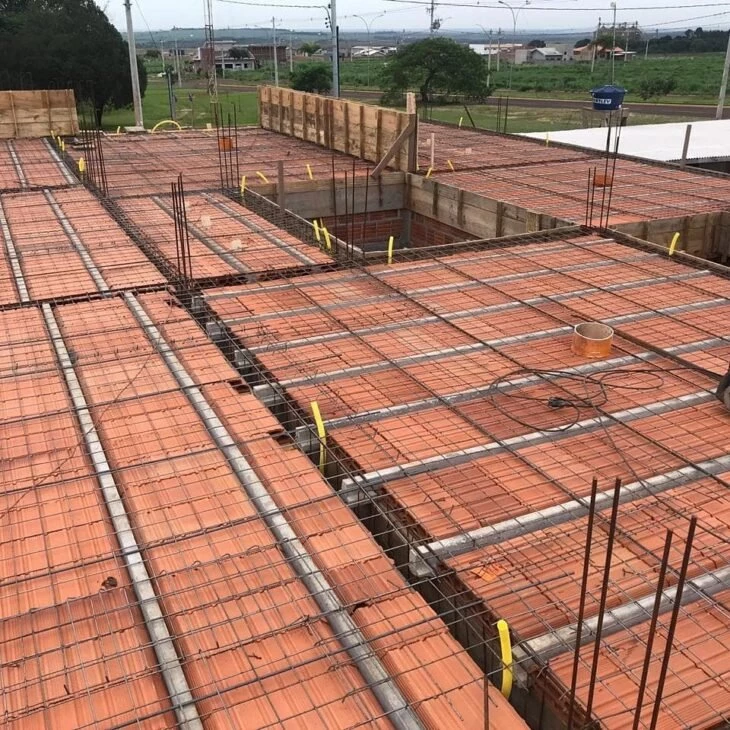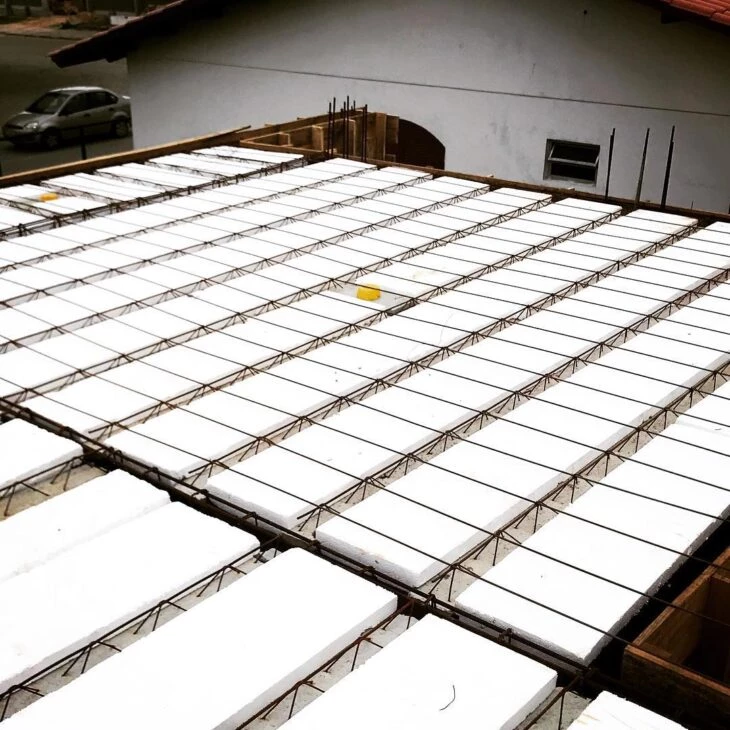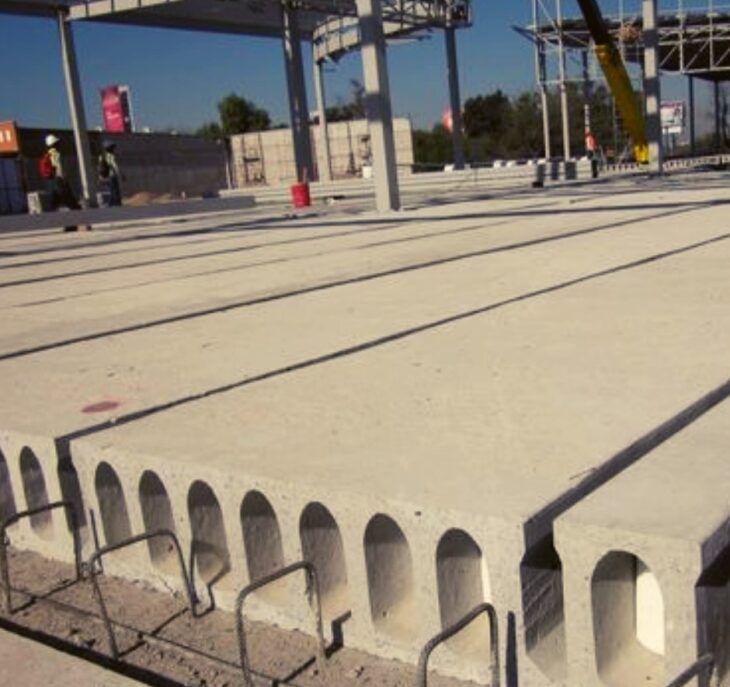Table of contents

One of the most important elements in the structure of a building is the slab, which covers both the house and the floor. The precast slabs are an excellent solution and in general it is a very widespread type of construction element, because they are cheaper, easier to install, have greater accuracy in their dimensions, support various types of loads and overcome variousspans, adapting to almost any type of construction.
What is a precast slab
The precast slabs are structural elements produced through industrial processes, which present a unidimensional assembly (since they are precast), composed of concrete beams and elements that connect them, which can be of various materials, where the slab distributes the loads suffered to the beams and columns.
Advantages of the precast slab
As this type of slab is prefabricated and the quality control of the materials is stricter, it guarantees greater strength and dimensional regularity, which makes it an excellent option for various types of building.
- With a simple assembly process, the completion of the work becomes quick and easy;
- The industrialization of these pieces brings them quality, resistance, and better finishing;
- The cost of parts and maintenance is not high;
- Precast concrete has a longer service life and is more resistant to weathering;
- These types of slab facilitate the organization at the construction site and do away with the accumulation of dirt and residues generated when it is necessary to produce the concrete and the forms for assembling the slabs, for example.
Disadvantages of the precast slab
The disadvantages, in this case of precast slabs, vary according to each type:
- The disadvantage of lattice slabs is that the material used hinders the need to drill holes and openings, besides not being a very adherent material, requiring the application of roughcast or plaster for the use of coatings, for example;
- The T-beam slab, on the other hand, does not support overloads that were not previously foreseen, so the layout can hardly be changed drastically, thus avoiding the risk of cracks, fissures, and other more serious damage;
- The honeycomb slab, on the other hand, because of the weight and size of the panels, needs to be transported to the installation site by crane.
Types of precast slab
Check out the most popular types of precast slabs and find out which type best suits your building needs.
Lattice-reinforced slabs with tiles
This type of slab has reinforced concrete joists that serve as support for the closing slab, which can be made of concrete or ceramic.
After this assembly, the system must receive a concrete topping in order to join the pieces. This type of slab is very usual, because it works well in relatively large spans. What will determine the dimensions and spacing of the joists is the load that the slab will receive.
T-beam slabs

This type of slab is the most widespread and well-known, formed by concrete beams in the shape, as the name says, "T", which facilitates the fitting of the concrete or ceramic tiles. Just like the previous type, the system receives a concrete layer that joins the pieces, and this type of slab is indicated for small constructions, since it does not support much load or large spans.
EPS lattice slabs

The difference between this type of slab and the lattice slab with tiles is exactly the coating, in this case, the joists are connected by EPS, or Styrofoam. This type of system has the advantage of being very easy to assemble and install pipes, and also significantly improves the thermal and acoustic insulation of the building.
Hollow core slabs

This type of slab consists of prestressed concrete panels cast by the longitudinal voids, thus reducing the weight of the piece and, consequently, the load that is discharged on the beams and columns of the construction.
See_also: How to clean stainless steel utensils without leaving stainsThis slab is widely used in large buildings that sustain a lot of load daily, so the concrete and steel used in the manufacture of this slab are high-strength materials.
It is important to know the difference between the various types of slabs that exist, so that you can choose the most suitable for your building, according to size and use.
Remember that, when building or modifying, you must hire a qualified professional, who will indicate precisely what type of slab is ideal for you. This way, besides avoiding risks, with the right indication, you save money and make a safe investment!
See_also: 5 tips on how to take care of monstera adansonii for amazing foliage

